Let’s be real—choosing the right protein powder can feel like navigating a maze. You walk into a store or scroll online, and suddenly, you’re bombarded with terms like "Concentrate", "Isolate”, “Raw”, "Hydrolysate” and so on. It’s enough to make anyone’s head spin. But here’s the thing: understanding the types of protein doesn’t have to be complicated. Once you know what sets them apart, picking the one that fits your lifestyle and goals becomes second nature.
So, whether you’re a fitness enthusiast looking to maximize gains, a busy professional wanting a quick nutritional boost, or simply curious about what’s inside that protein shaker, we’ve got you covered. Let’s break it all down in a way that actually makes sense and know better about whey protein and its forms.
What Is Whey Protein?
Before we get into the nitty-gritty, let’s cover the basics. Whey protein is a high-quality protein derived from milk during the cheese-making process. It contains all nine essential amino acids and is absorbed quickly by the body, making it a favorite among fitness enthusiasts and health-conscious individuals.
However, not all whey proteins are created equal. They come in three main forms: Concentrate, Isolate, and Hydrolysate. Each one has unique characteristics that cater to different needs and preferences.
What Is Whey Protein Concentrate?
Think of Whey Protein Concentrate (WPC) as the foundational option. It’s the least processed of the three types, retaining more of the natural nutrients found in whey. Typically containing 70-80% protein, the remaining composition includes fats, carbohydrates, and lactose.
Health Benefits of Whey Protein Concentrate
-
Comprehensive Nutrition: Offers a balanced mix of protein, fat, and carbs to support sustained energy and recovery, making it ideal for everyday fitness routines.
-
Rich in Micronutrients: Retains essential vitamins and minerals naturally present in whey, supporting immune function and overall health.
-
Muscle Recovery: The amino acid profile helps repair muscles post-workout, making it a reliable choice for active lifestyles.
If you’re lactose intolerant or prefer a higher protein concentration, you may want to explore other options.
What Is Whey Protein Isolate?
Whey Protein Isolate (WPI) is like the overachiever of the whey protein family. Through additional processing, it’s refined to remove most fats and lactose, resulting in a protein content of 90% or higher. This makes it a pure and potent option.
Health Benefits of Whey Protein Isolate
-
High Protein Density: With minimal calories, Isolate provides an efficient way to increase protein intake, supporting muscle-building and fat-loss goals.
-
Gentle on Digestion: Low levels of lactose make it suitable for those with mild lactose intolerance.
-
Enhanced Muscle Repair: Ideal for intense training routines, it provides quick absorption to aid in post-workout recovery.
-
Supports Weight Management: The low-fat, low-carb composition fits seamlessly into calorie-controlled diets while providing sustained energy.
Although it’s often pricier, the high protein purity and low allergen content make Isolate a worthwhile investment for performance-focused individuals.
What Is Whey Protein Hydrolysate?
Whey Protein Hydrolysate (WPH) takes processing a step further. By breaking down protein chains into smaller peptides, hydrolysate is pre-digested, making it incredibly easy for the body to absorb. This option is popular among athletes and individuals with specific dietary needs.
Whey Protein Hydrolysate Benefits
-
Rapid Absorption: The hydrolyzed structure speeds up digestion, delivering amino acids to muscles almost immediately.
-
Reduced Allergen Potential: Often tolerated better by those with sensitive stomachs or dairy sensitivities.
-
Boosts Recovery: Especially beneficial for post-workout recovery, it helps reduce muscle soreness and accelerate repair.
-
Immune Support: Some studies suggest that hydrolysate can enhance immune function by providing bioactive peptides.
Hydrolyzed Whey Protein is ideal for those who demand peak performance and faster recovery times.
Choosing the Right Whey Protein Type
Now that you know the differences, how do you choose the best whey protein supplement for your needs? Consider these factors:
-
Your Fitness Goals: Are you looking to build muscle, lose weight, or support recovery? Concentrate is great for general use, Isolate for lean muscle growth, and Hydrolysate for rapid recovery.
-
Dietary Needs: If you’re lactose intolerant, stick with Isolate or Hydrolysate, which have lower lactose content.
-
Budget Considerations: Concentrate is typically the most affordable, while Isolate and Hydrolysate cater to premium preferences.
-
Lifestyle Fit: Evaluate how each type aligns with your dietary habits and workout intensity.
Choosing Best Whey Protein Supplements
When shopping for whey protein, quality is key. Look for products that emphasize purity and efficacy:
-
Minimal Additives: Choose options with transparent ingredient lists and no unnecessary fillers.
-
Sustainably Sourced: Grass-fed whey proteins often provide additional health benefits and are environmentally friendly.
-
Third-Party Tested: Verifies product purity and ensures compliance with label claims like the Clean Label certification.
-
Positive Reviews: Real-world feedback can offer insights into taste, effectiveness, and overall quality.
The Final Scoop
Whether you’re just starting your fitness journey or you’re a seasoned athlete, understanding the different types of whey protein can help you make an informed choice. From the balanced nutrition of Whey Protein Concentrate to the ultra-pure Whey Protein Isolate and the performance-enhancing Whey Protein Hydrolysate, there’s a type to match every goal.
Investing in the best whey protein supplements doesn’t just support your fitness goals—it’s an investment in your overall health and wellbeing. So, whether you’re blending it into a smoothie or shaking it up post-workout, make sure your whey protein is working as hard as you are.


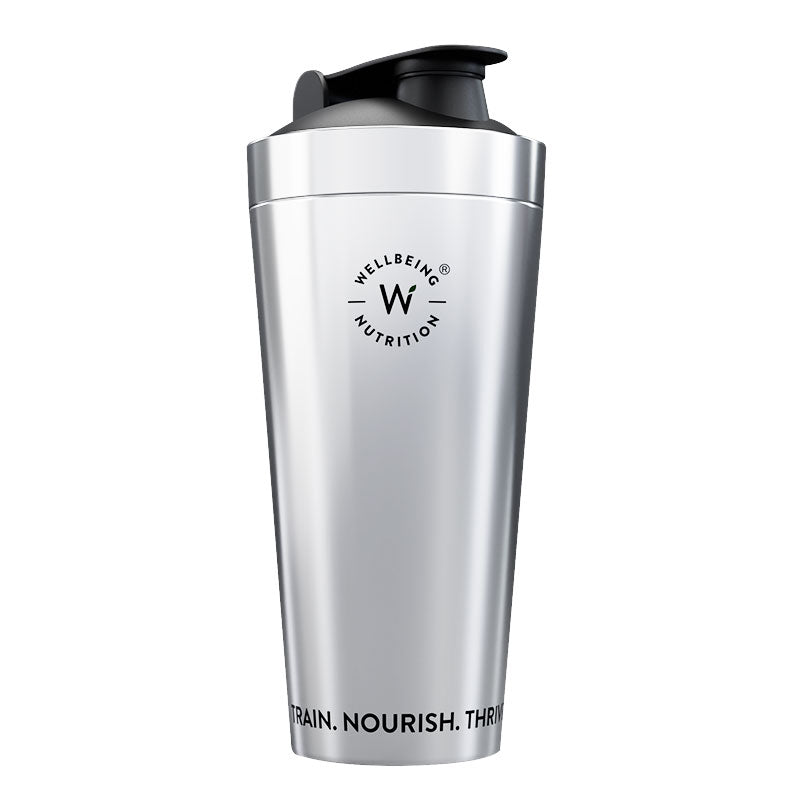










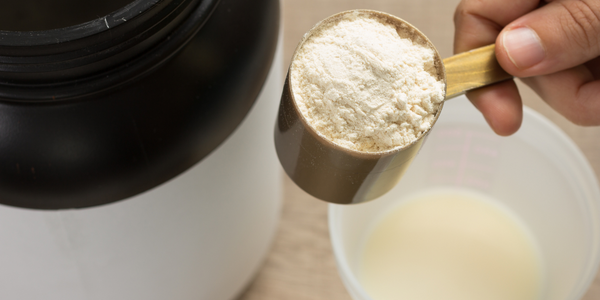
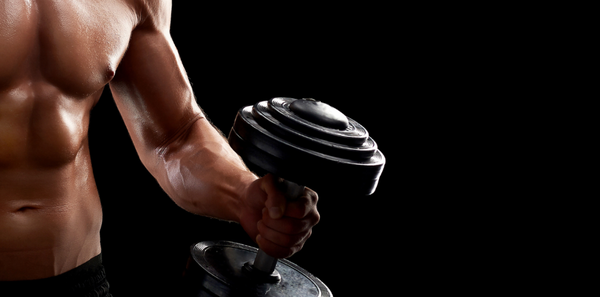
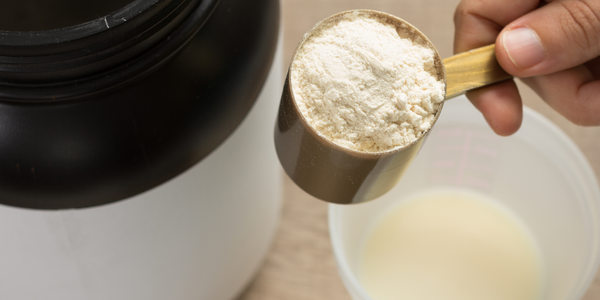
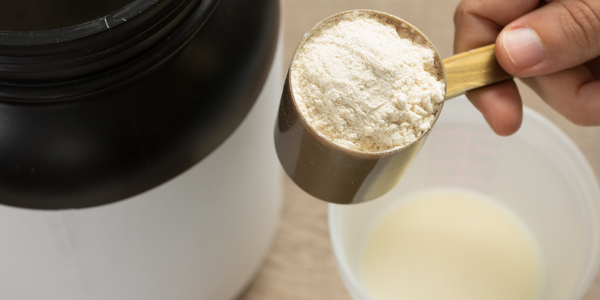


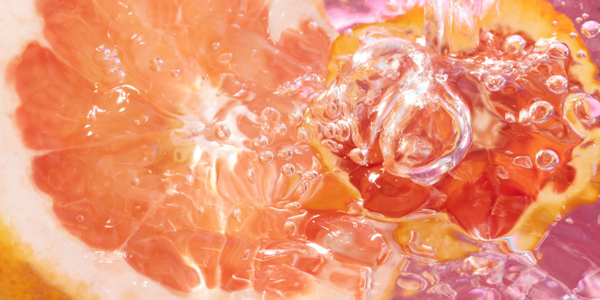







 DOWNLOAD NOW
DOWNLOAD NOW
